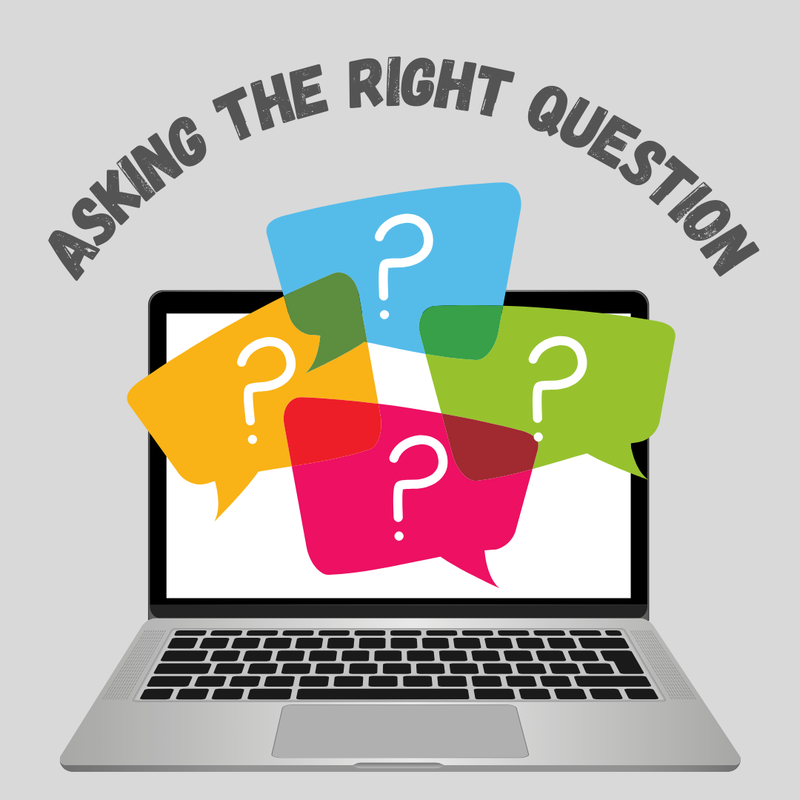The Art of a Good Question

ELAL Learning Outcome (Knowledge) - Questioning can help focus research topics and processes.
(Skills and Procedures) - Access information from a variety of sources to answer questions or expand knowledge.
(Knowledge) - Research findings can be shared in a variety of digital or non-digital forms, including reports, presentations, and visual representations.
This lesson invites students to learn how to formulate questions as they research non-fictional text. It encourages them to compose short digital presentations in Google Slides, based on the information they have gathered from at least 3 sources.
Lesson:
Objective: Students will learn how to compose questions that direct and focus their research and processes. They will learn to access more than one source to answer questions. They will compose a digital presentation demonstrating their learning.
Sample Assignment:
Grade 3 Research Assignment: Animal Study Presentation
Assignment Overview
You will research an animal of your choice and create a presentation in Google Slides. Your presentation will have 5 slides, including text and images. Follow the steps below to complete your assignment.
Instructions
Choose Your Animal:
- Pick an animal you are interested in learning more about.
Research Questions:
- Think of 5 questions you want to answer about your chosen animal. These could be about its habitat, diet, physical characteristics, behavior, or any other interesting facts.
Find Sources:
- Use three non-fiction sources to find the answers to your questions. These sources can include books, articles, or trustworthy websites (e.g., National Geographic Kids, Animal Planet, etc.).
Create Your Google Slides Presentation:
- Slide 1: Research Questions
- List the 5 questions you want to answer about your animal.
- Slides 2-5: Answers to Your Questions
- Each slide should answer one or more of your questions. Include both text and images. Make sure to write in your own words and not copy directly from your sources.
- Include at least one image on each slide.
- Slide 1: Research Questions
Cite Your Sources: At the end of your presentation, add a "Sources" section to list the three non-fiction sources you used for your research.
Discussion and activity:
Students will complete a research project and digital presentation. A sample is included above. Once the students have chosen a topic, they will compose the questions they would like to answer about their topic. This part can be modelled and discussed as a large group and then students could work in partners to compose their questions.
Once they have their list of questions, they can begin to research their topic. Students will struggle with this process and will need to look at other sources as well as reformulate some of their questions. Discuss as a class and one-on-one with the teacher will continue through the process.
Having answered their original questions and new questions, they can begin to prepare their Google Slide presentation. This composition activity allows students to present what they have learned using the technology and media skills they are growing and refining.
Followup:
Students will present their Google slides to the class or in small groups. They are encouraged to explain how they answered their questions, how their questions changed, and the struggles they had to find the answers.